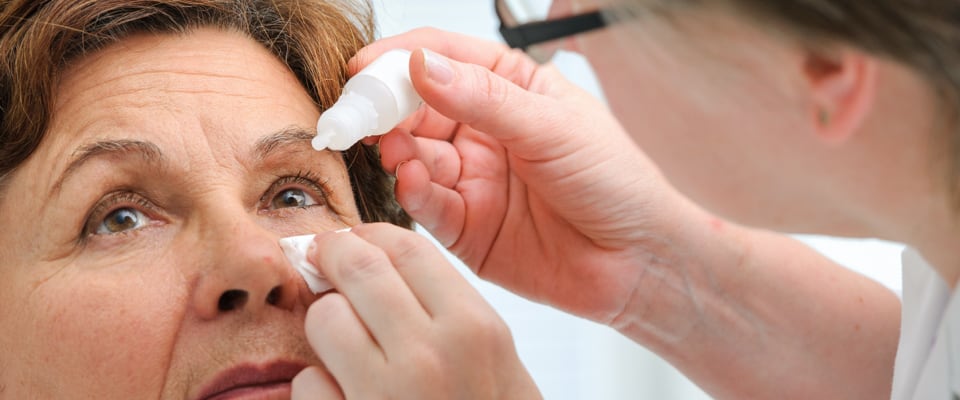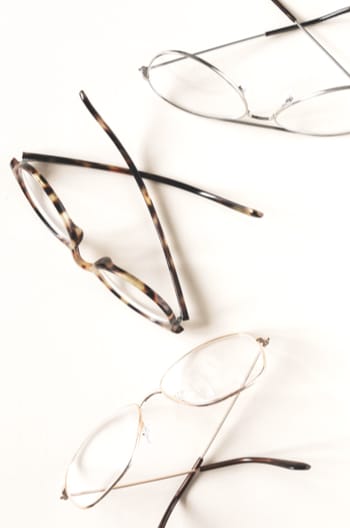Success Begins With Sight
Myopia is a growing concern for children and parents around the world, and it’s on the rise in the United States. More than 40% of Americans currently have myopia, and more children are diagnosed daily.
Myopia, commonly known as nearsightedness, causes distance vision to appear blurry while close objects remain in focus. A growing eyeball or an overly-curved cornea during childhood can lead to myopia, negatively impacting vision.
We offer a range of myopia control techniques to slow eye elongation. With myopia control, we can manage the effect myopia has on your child’s eyes to help preserve their visual clarity.
There is no cure for myopia, but we can slow its progression to support your child’s long-term eye health. Book their appointment to test for myopia today
Request AppointmentWhy Myopia Matters
Good eyesight is crucial for learning, and poor vision can impact a child's academic performance and social development. Vision problems may cause them to struggle with schoolwork or be misdiagnosed with behavioral issues.
Severe myopia can also lead to more serious conditions later on. The risk of retinal detachment, cataracts, and open-angle glaucoma are all may be higher for people with high myopia.
Detecting myopia early is essential for delaying its progression and maintaining your child's vision. Corrective lenses can help address changes in your child’s vision, but we can offer additional strategies to help protect their eye health.
Book your child’s appointment now to test for myopia and other vision conditions.
Request Appointment
Causes of Myopia
Myopia affects how light focuses on the retina, the area at the back of the eye that helps provide your vision. It can develop when the eye grows too long or if the cornea becomes too curved, and when it affects how light focuses on your retina, it can lead to blurry vision.
Despite decades of research, the precise causes of myopia are unclear. Evidence suggests it is hereditary and that time spent doing near work like reading can increase the progression of myopia.
We recommend that parents encourage children to spend time outdoors. Studies show that time outdoors can also slow the progression of myopia in children.
Book an appointment for your child today to learn more about our myopia control methods.
Request AppointmentOur Services

Dry Eye
Disease

Contact Lens
Exams

Myopia
Control

Eye Disease Diagnosis
& Management
Our Brands












